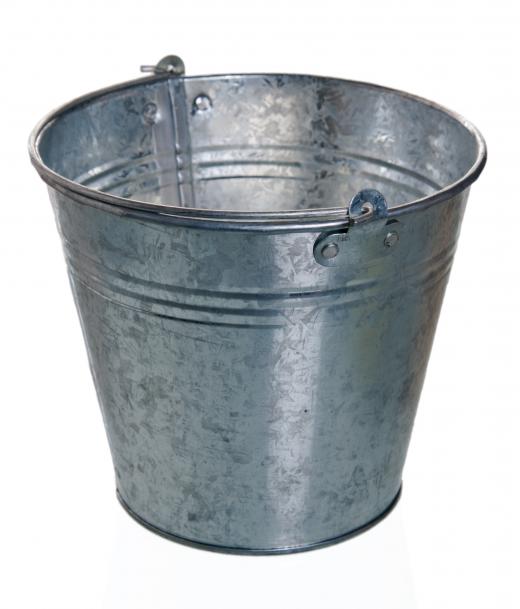The process of making steel takes place in a steel factory, and some factories are set up to create usable products from steel as well. Steel is a metal alloy that is made from a combination of iron and carbon, and in order to combine these two metals, the raw materials must be heated to a very high temperature. Iron ore must be heated and essentially melted in large blast furnace located within the steel factory, and the molten iron will then be purged of imperfections. Once that stage is complete, other elements will be added to the iron to create steel.
Some of the other materials added to the iron are intended to galvanize the steel. Galvanized steel is highly sought-after because it tends to be resistant to water damage and corrosion such as rust. A steel factory will generally be capable of creating galvanized steel because it is the most marketable steel. The galvanization process generally takes place while the molten iron is still in a liquid form. Once this is complete, the iron is changed into steel, and the liquid steel is placed into casts, or molds, to cool and harden. Once the steel hardens, it can be transported to manufacturers who will turn the cast steel into usable products; this can also be done on site in a steel factory.

Working in a steel factory can be exceptionally dangerous for several reasons. First, blast furnaces will be heated to extremely high temperatures that can be hazardous to humans standing nearby. Second, molten metals that come out of the blast furnace will also be exceptionally hot, not to mention difficult to handle. Workers need to be trained to operate safely around the furnaces and the molten materials. Once the metals cool and become hard, the finished steel will be quite heavy, which means employees often need to perform heavy lifting or use heavy equipment such as forklifts.

The steel must be prepared for shipping by transporting the hardened steel bars and stacking them in such a way that they will save on space during shipping in trucks, trains, airplanes, or other methods. This requires a shipping staff that will prepare the steel to exit the steel factory. In some cases, usable products for consumers can be created onsite in the steel factory, which means the ease of shipping or transport will depend on the types of products created from the steel.
